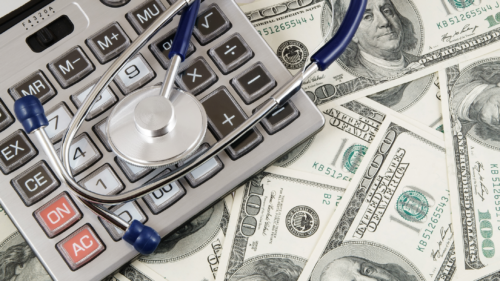We continue to see the COVID-19 pandemic shift and change. The significant reduction in cases experienced from December to June has again shifted, and, unfortunately, the number of cases is going back up in many areas in America.
The reason appears to be the Delta (and now Lambda) variants that are more infectious and are leading to a surge in those affected — both immunized and not immunized.
Four COVID-19 Categories of People
At this point, the country appears to be falling into four categories of people:
1. Those Who Have Had COVID-19
The strength and duration of protection is a topic of debate, but there is increased data available to say there is protection for at least a period of time with infection (symptomatic or not).
2. Those Who Are Immunized by One of the Three Vaccines Available in the U.S.
Data suggests that the protection rate for the Moderna and Pfizer vaccines for the pre-Delta variants is 95 percent, and the Johnson & Johnson conversion protection is around 70 to 75 percent. We now also have data that says if a person contracts the Delta variant and had the Pfizer vaccine, the protection drops to approximately 75 percent.
3. Those Who Are Both Immunized and Who Have Had COVID-19
There’s no clear data to show how significant this combination is, but it is at least as protective as the two categories above.
4. Those without Protection
This is a group that has had no immunization or history of COVID-19.
What Are the COVID-19 Risks for These Four Groups?
The good news is that if a person had COVID-19 or is immunized when they do become ill or reinfected with the COVID-19 virus, it appears the rate of hospitalization is approximately 1 in 50 people and the rate of death is approximately one in 1000.
This is quite different from December of last year when hospitalizations occurred with 1 in 12 people infected and the death of 1 in 60. Unfortunately, this is the risk that people with no immunization or history of COVID-19 put themselves at.
With these highly infectious strains of COVID-19, it’s going to be interesting over the next several months to see if people who are not protected can avoid getting sick. We know that people who have been vaccinated often have little or no symptoms, making it impossible for them to know if they are spreading it to those at higher risk.
What Will Happen in the Fall with COVID-19?
Will the rate of infection go up this fall with the new variants and kids going back to school? Given the symptoms and risk for those who are younger, will the death rate remain low despite millions of Americans getting ill at schools and in the community? Or, for the areas where immunizations are low, will there be a significant impact, will hospitals fill up, and will death rates start to climb again?
There is no question we are tired of the pandemic and ready to return to normal.
The stress and frustration for workers and their families continues to be significant. But, can we feel confident in going back to normal as the virus continues to evolve and we move into the school year? That’s a tough question.
Workplace Awareness about COVID-19
My best advice is to continue to monitor the numbers in your area and your organization and respond to the changing nature of the pandemic.
Also consider these steps:
- For immune-compromised workers requesting to continue working from home, consider results from a spike protein test that indicates if the vaccine is protecting them.
- In mixed groups (vaccinated and unvaccinated), consider keeping mask, social distancing, and hygiene protocols in place.
- Consult your medical director or benefit consultant for more tips on a safe return to the workplace for your organization specific needs.
- As Fall approaches, you may wish to stress the importance of the flu vaccine and COVID-19-similar protocols at the office.
And, if you have any questions, please don’t hesitate to reach out to us!





